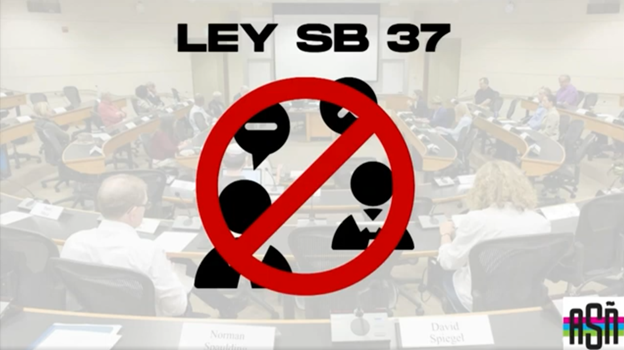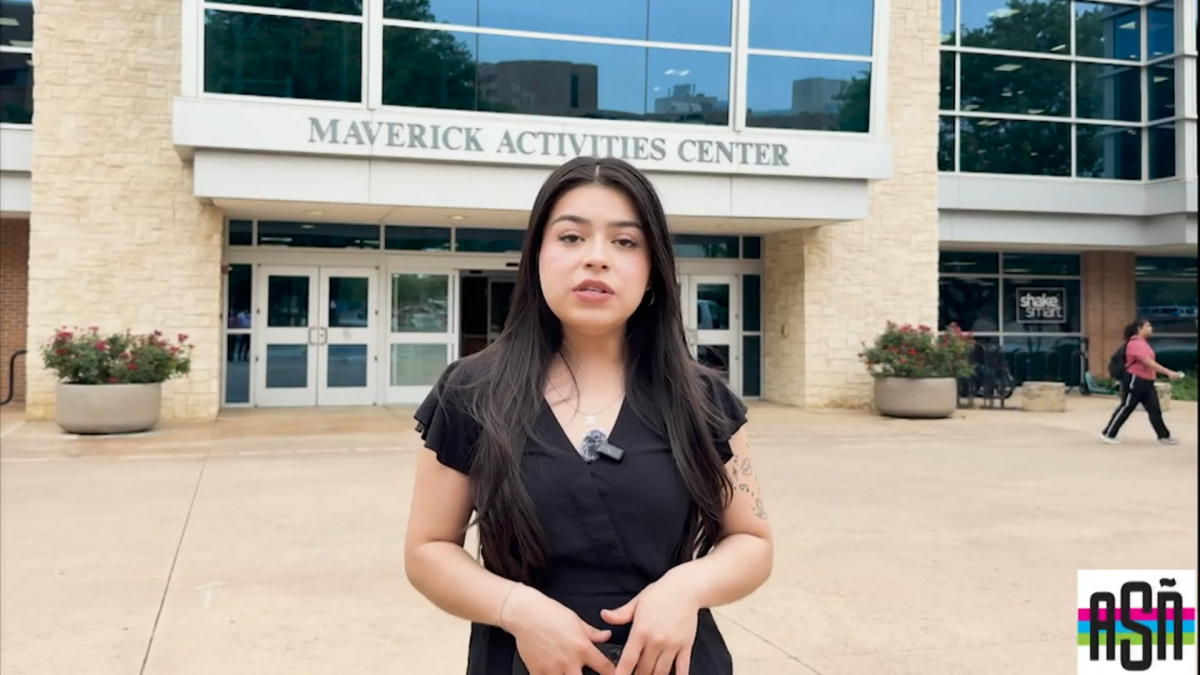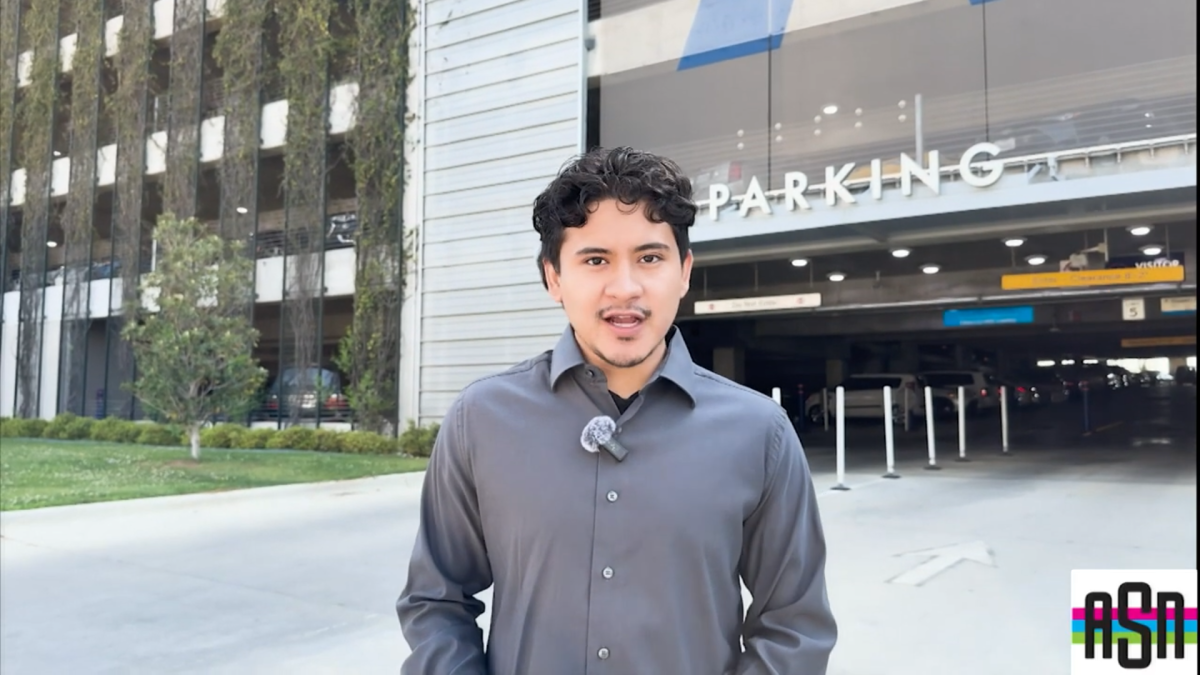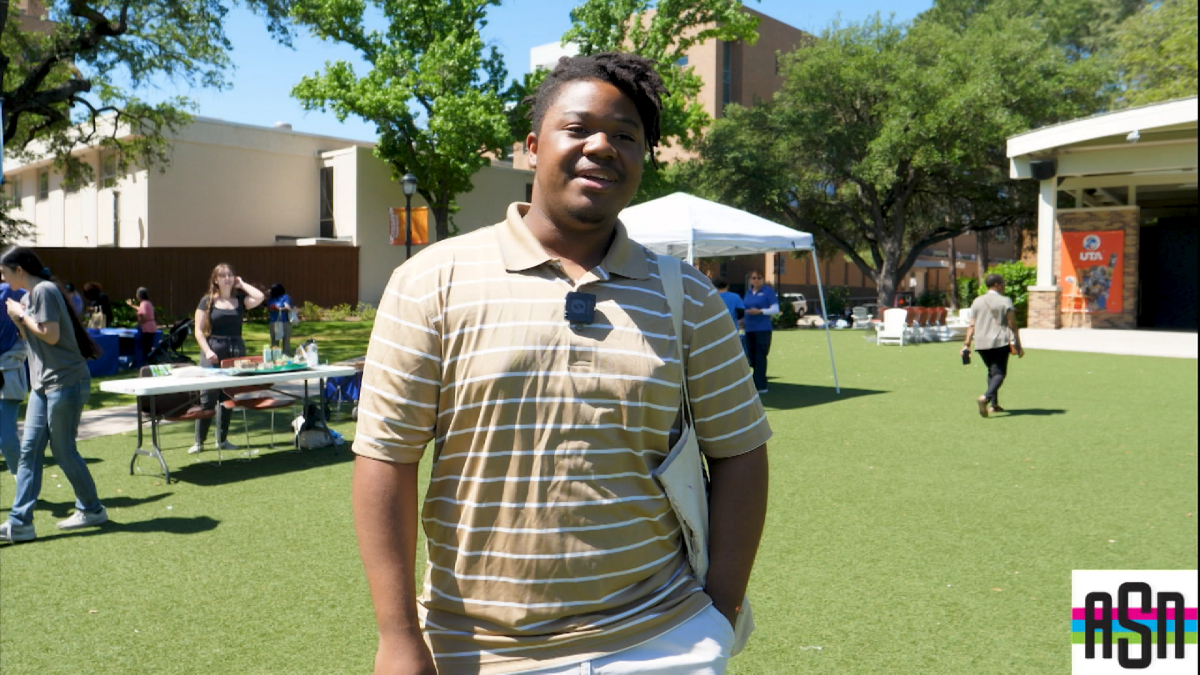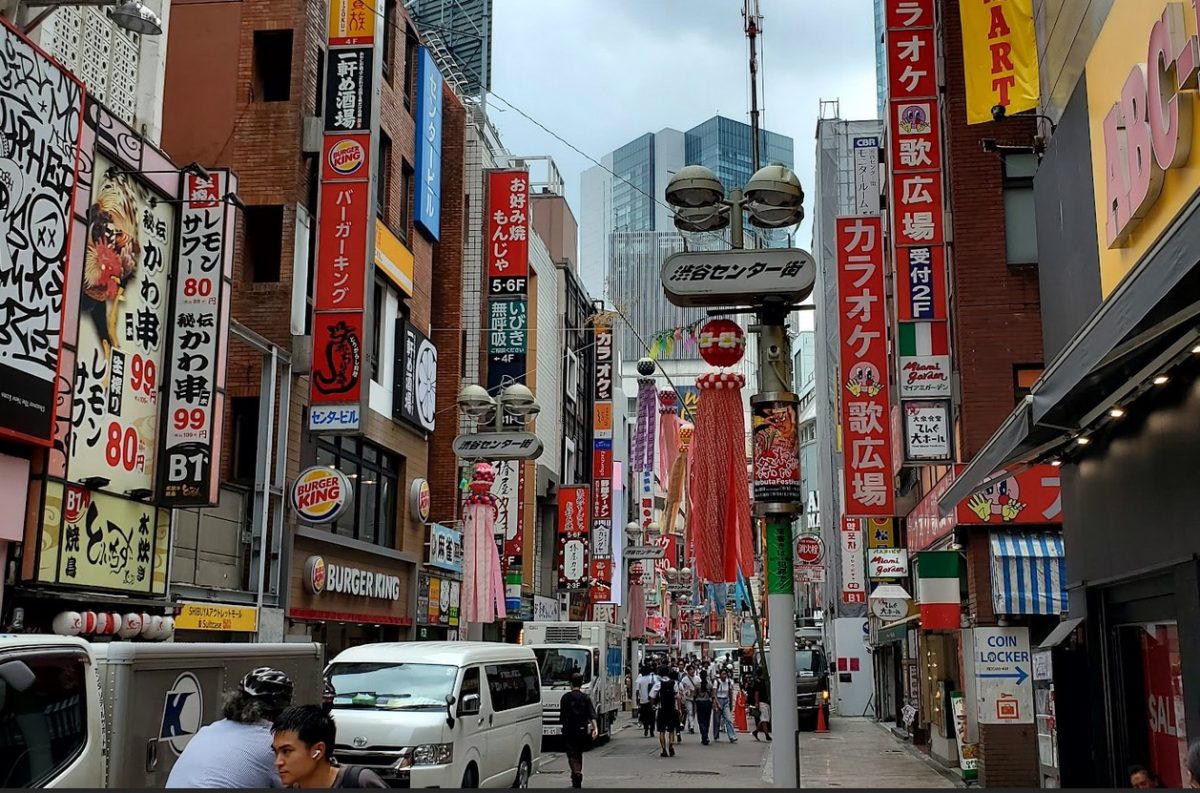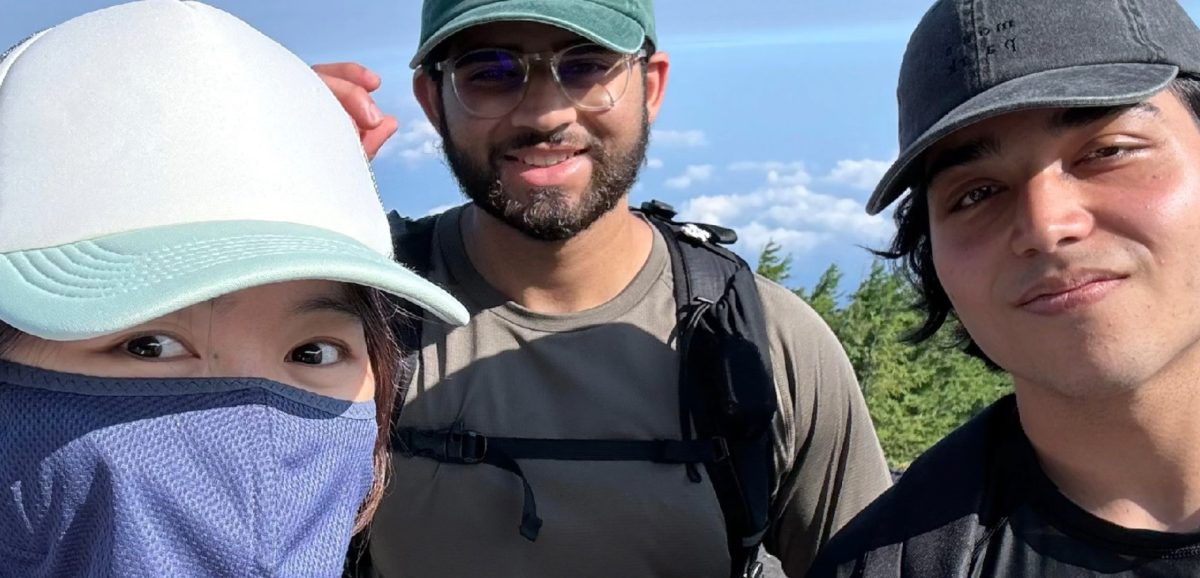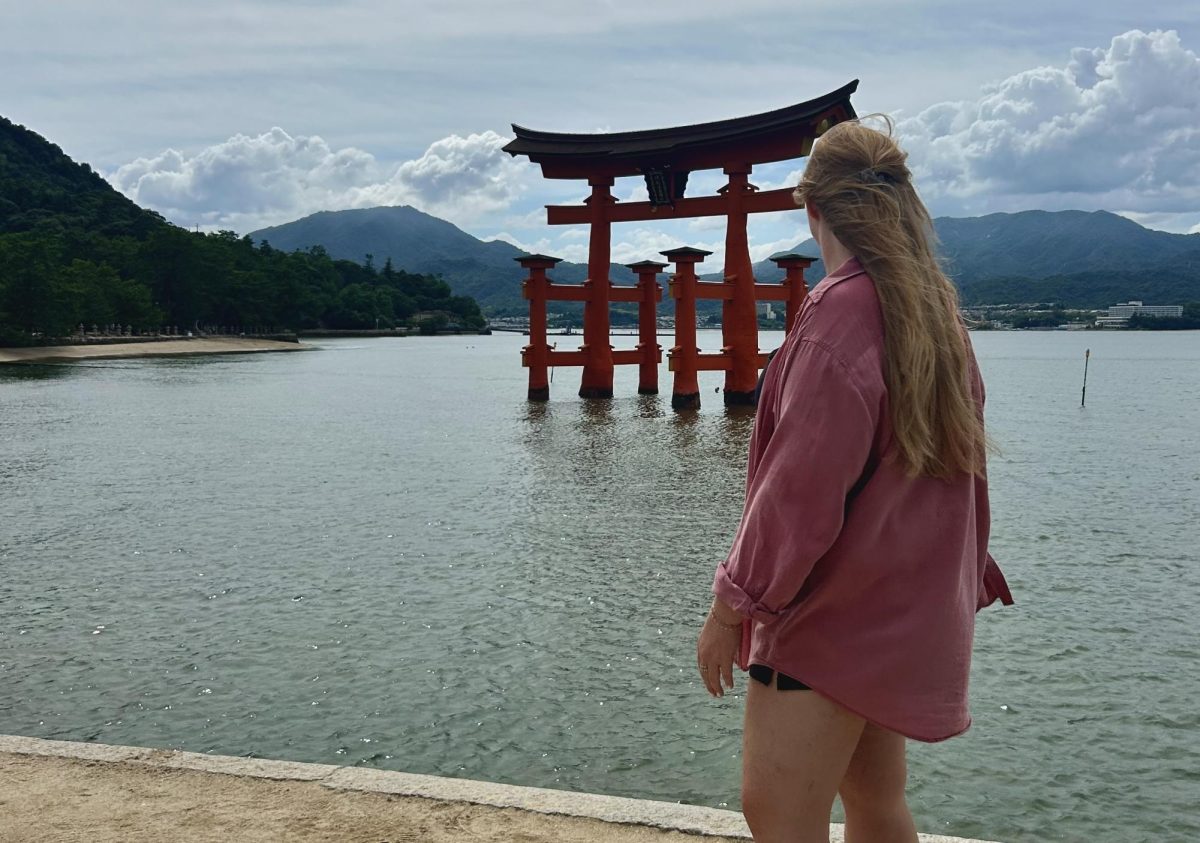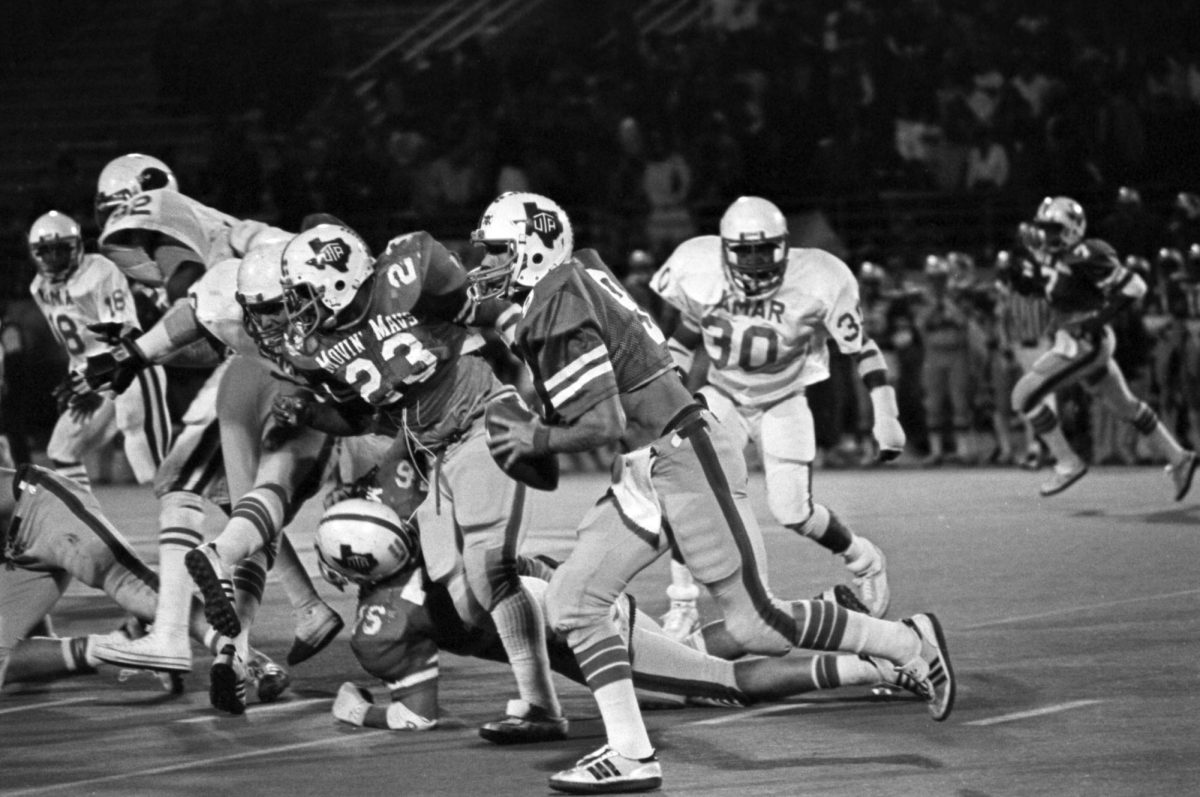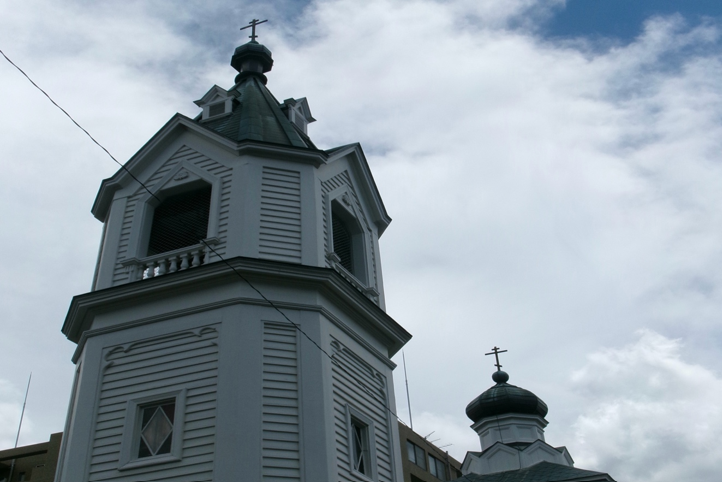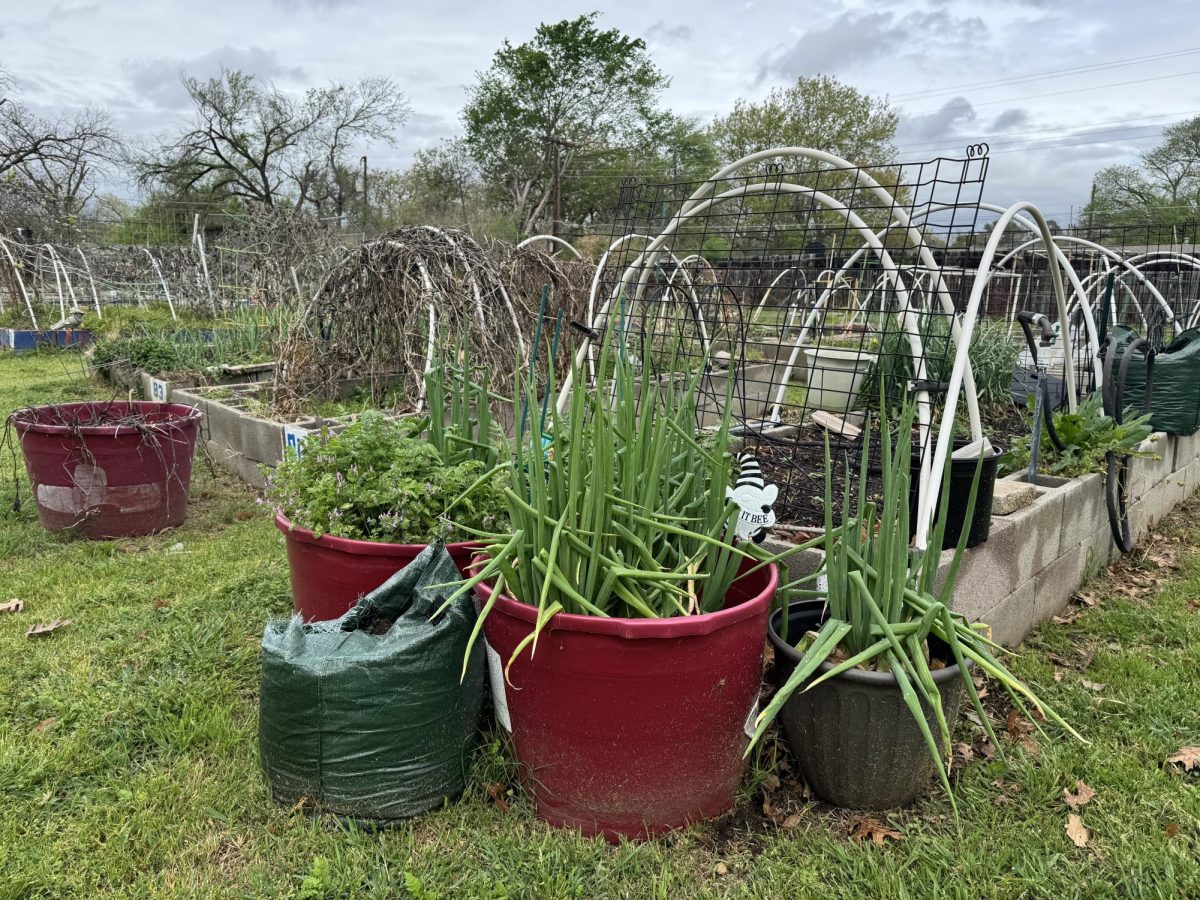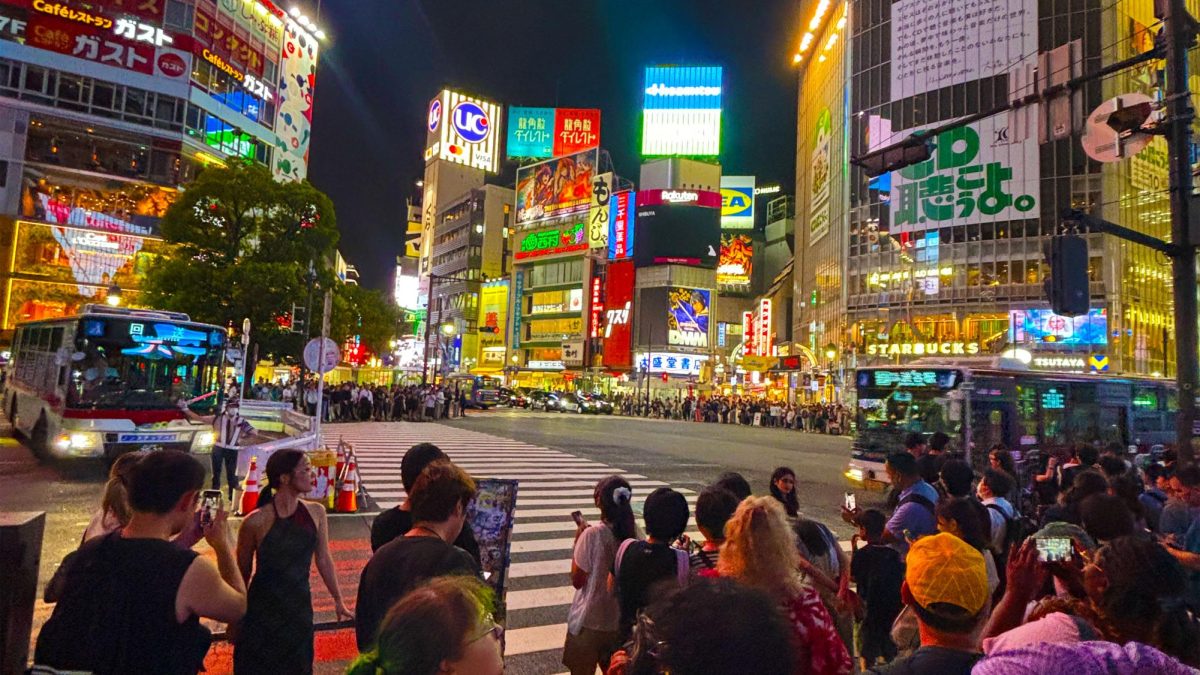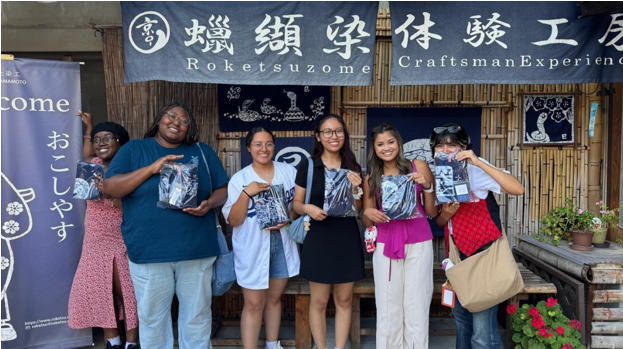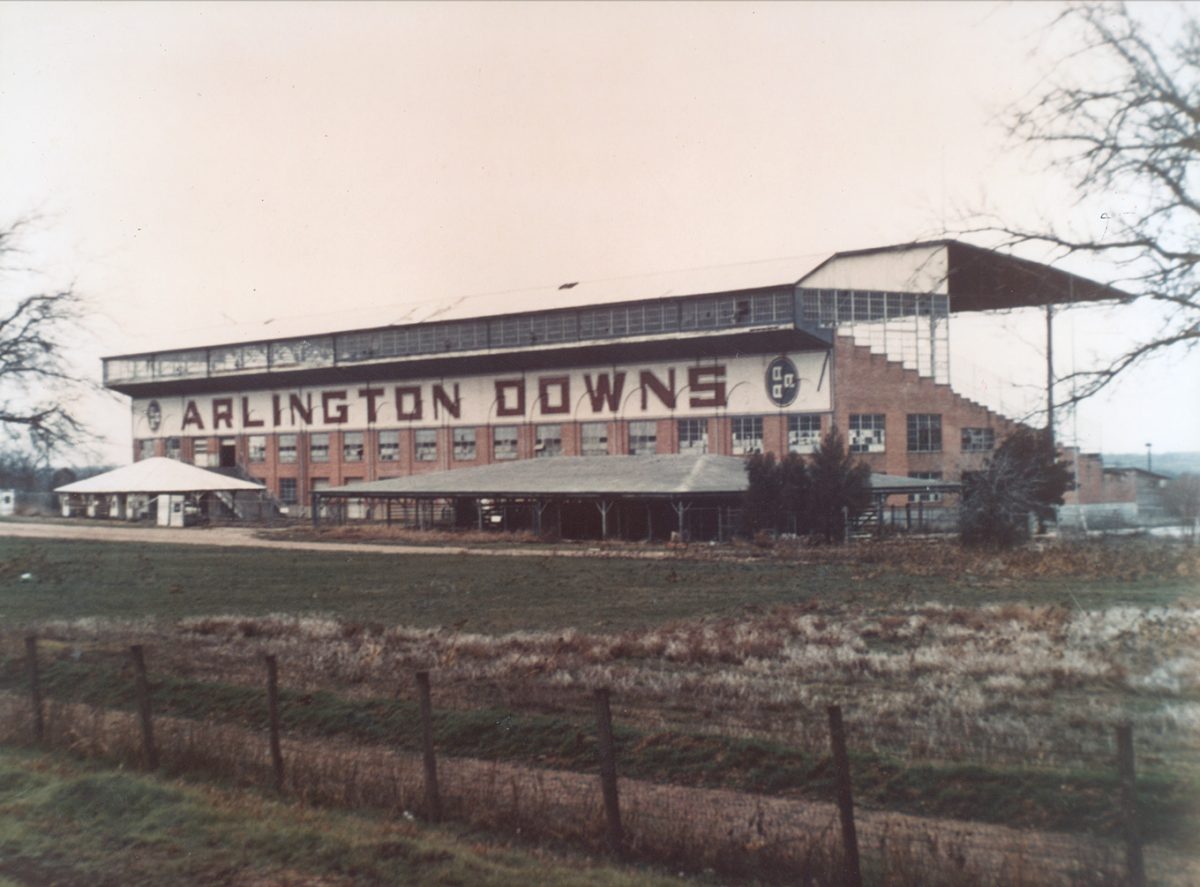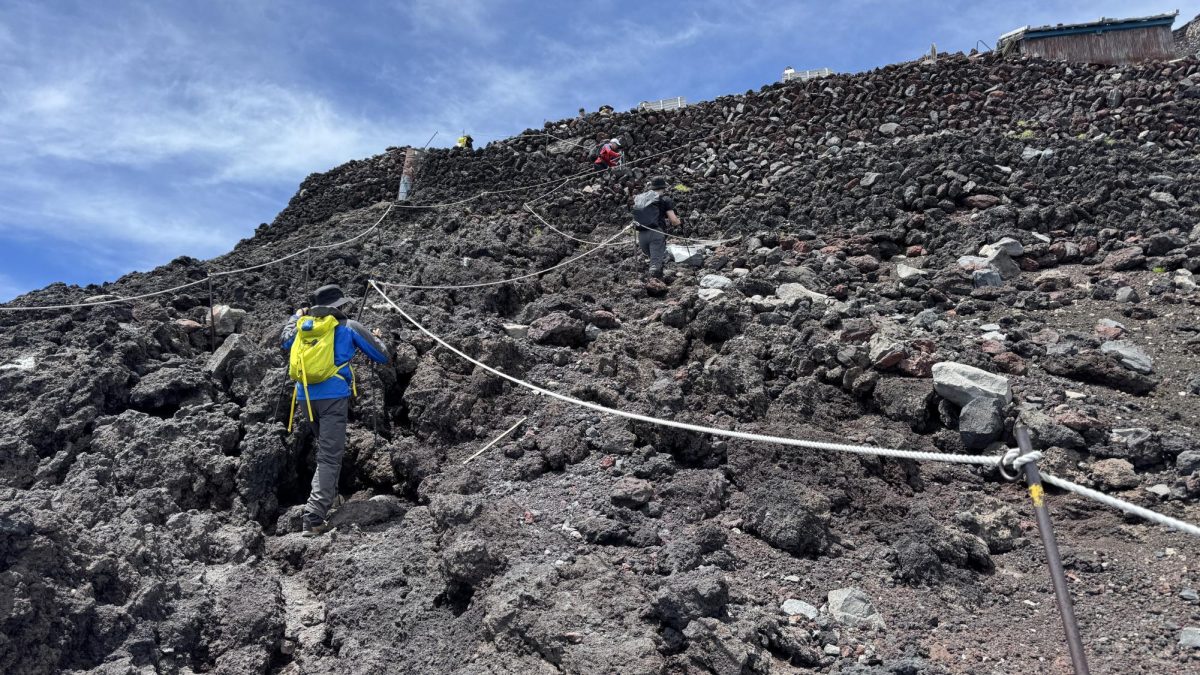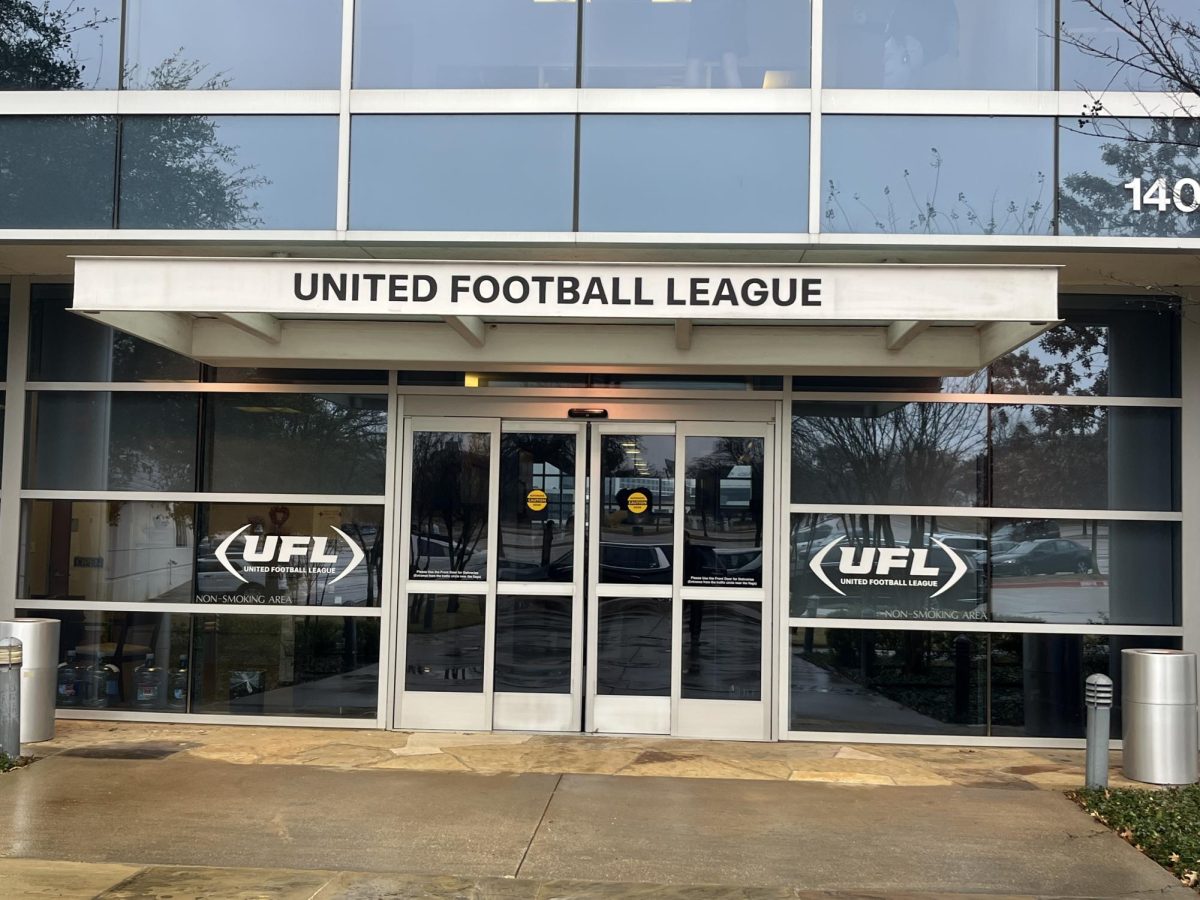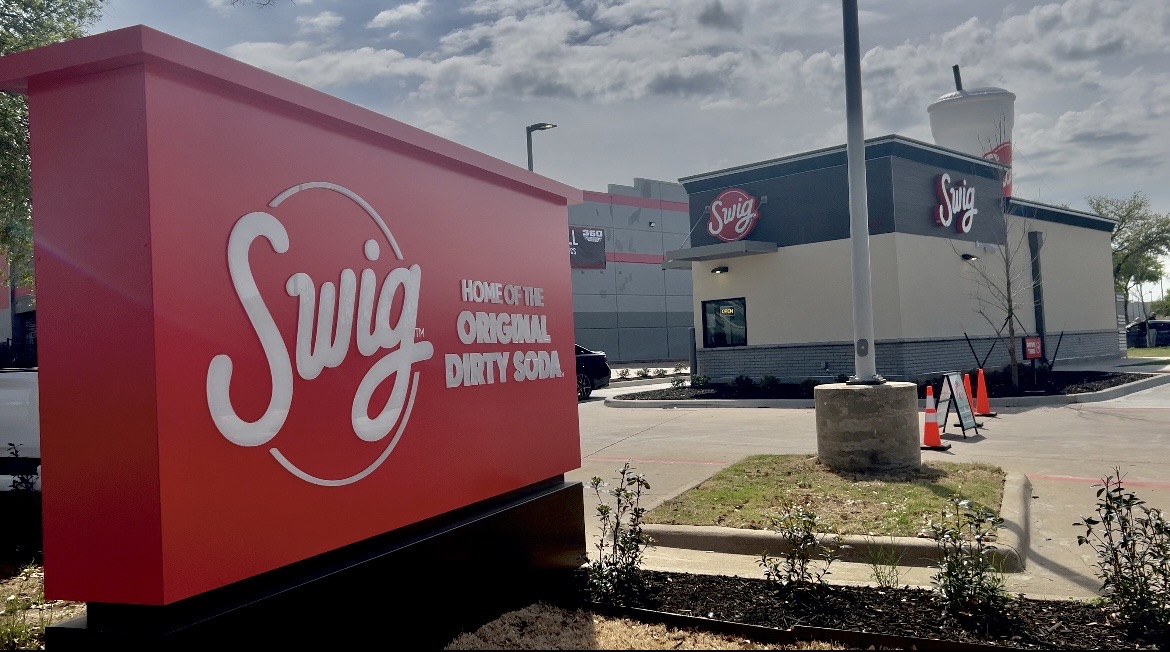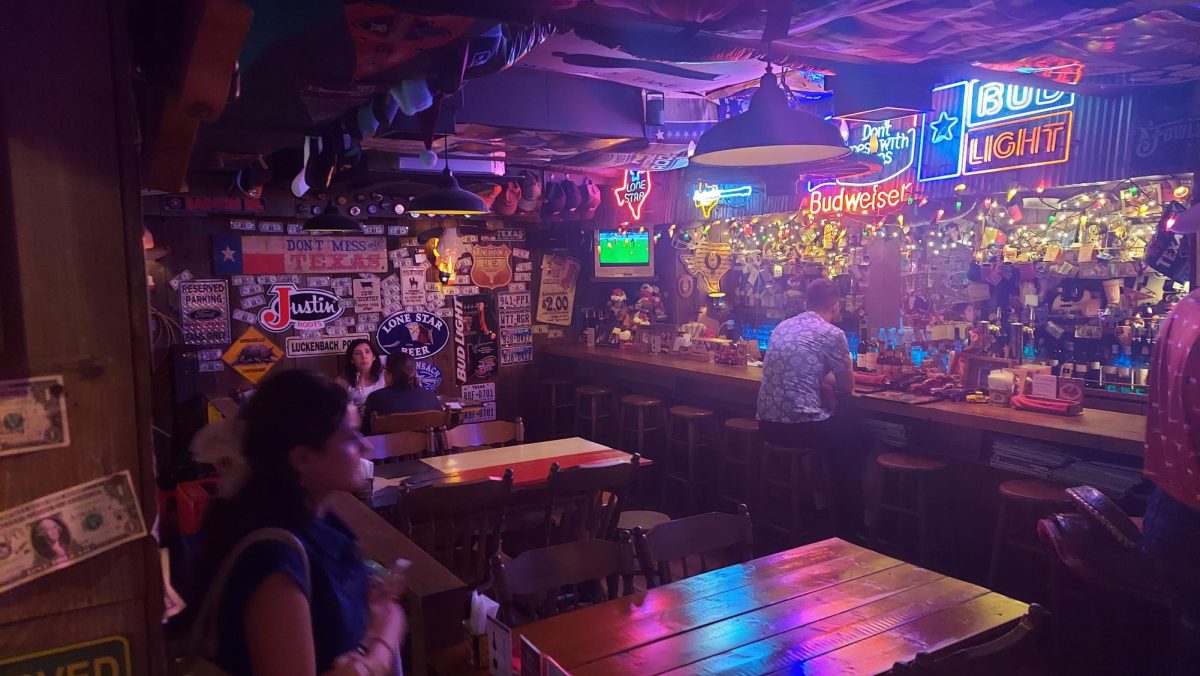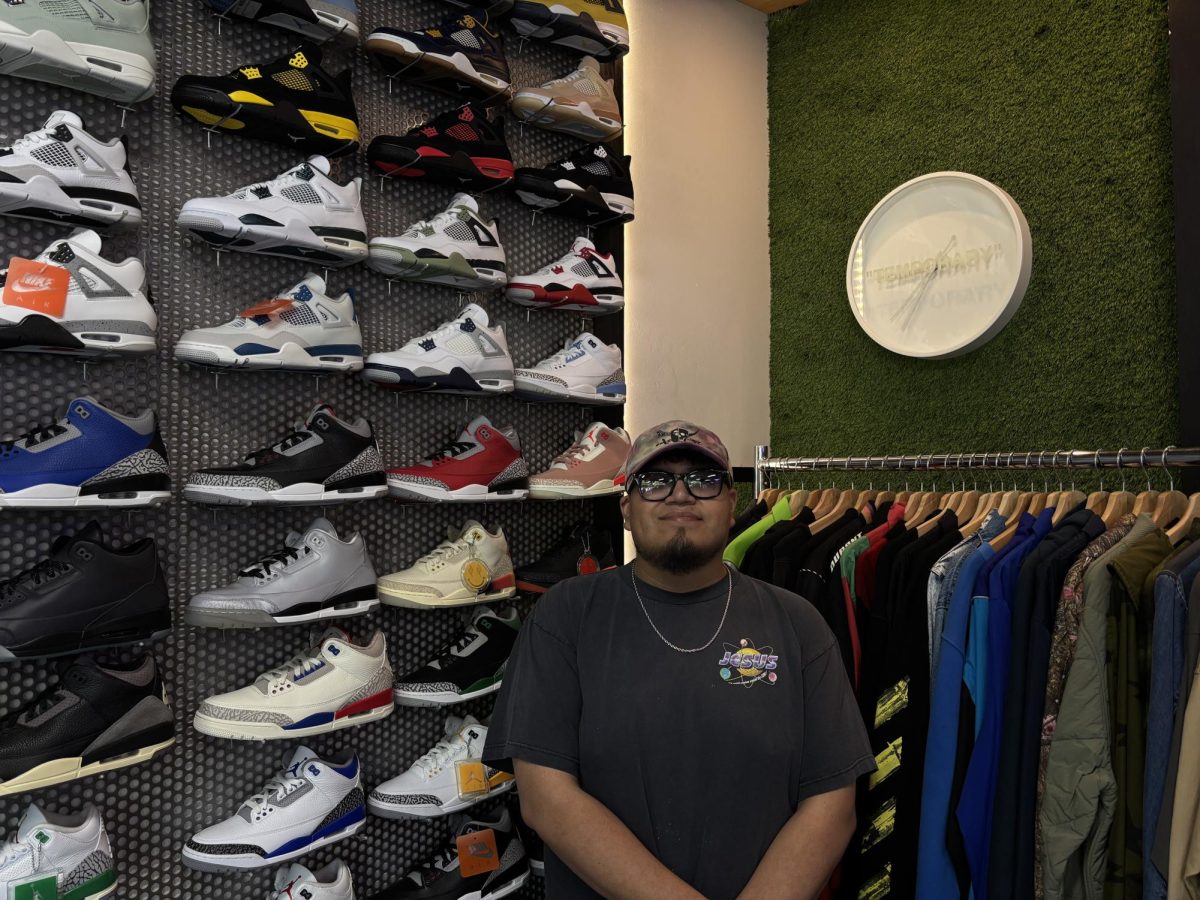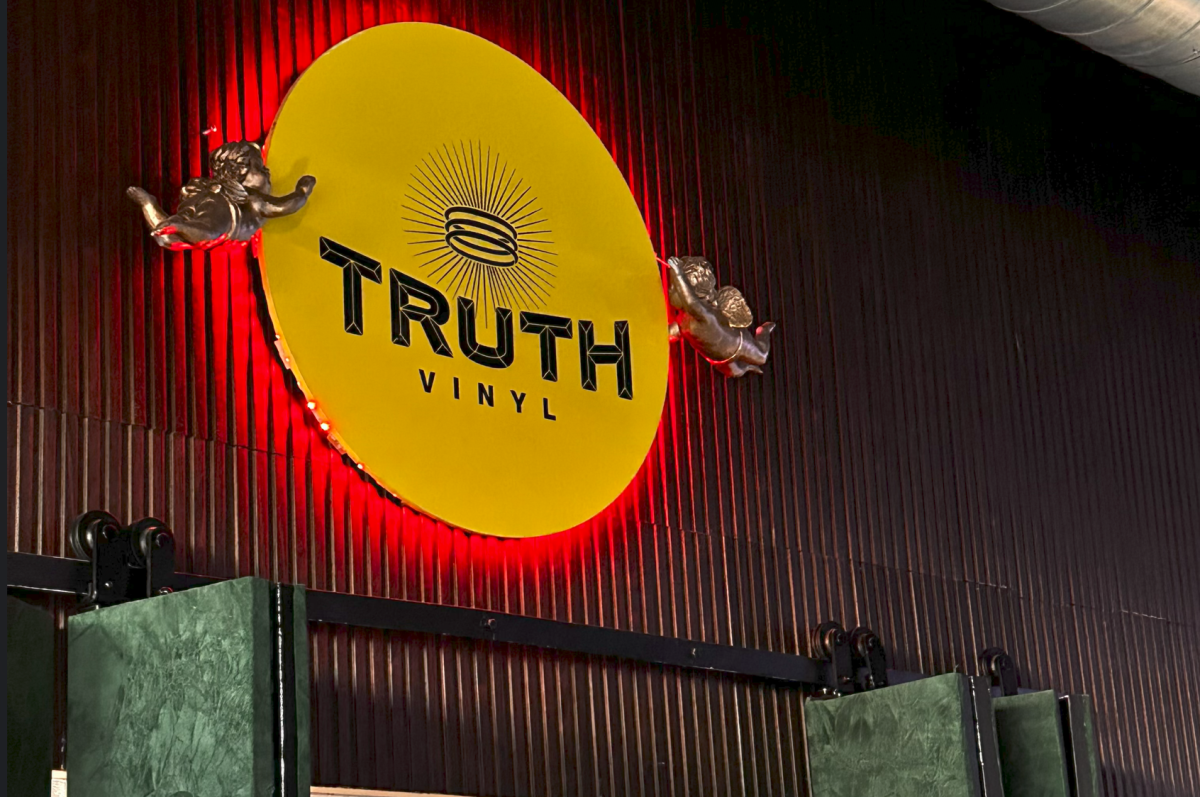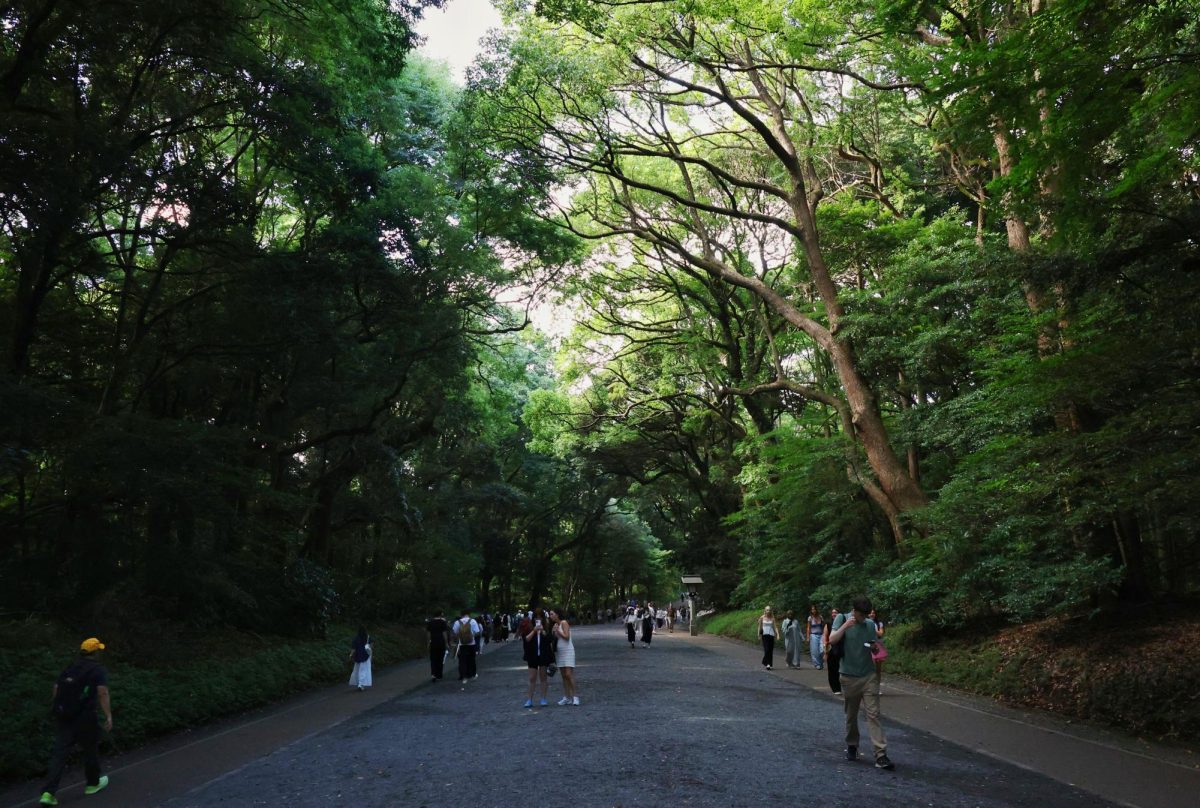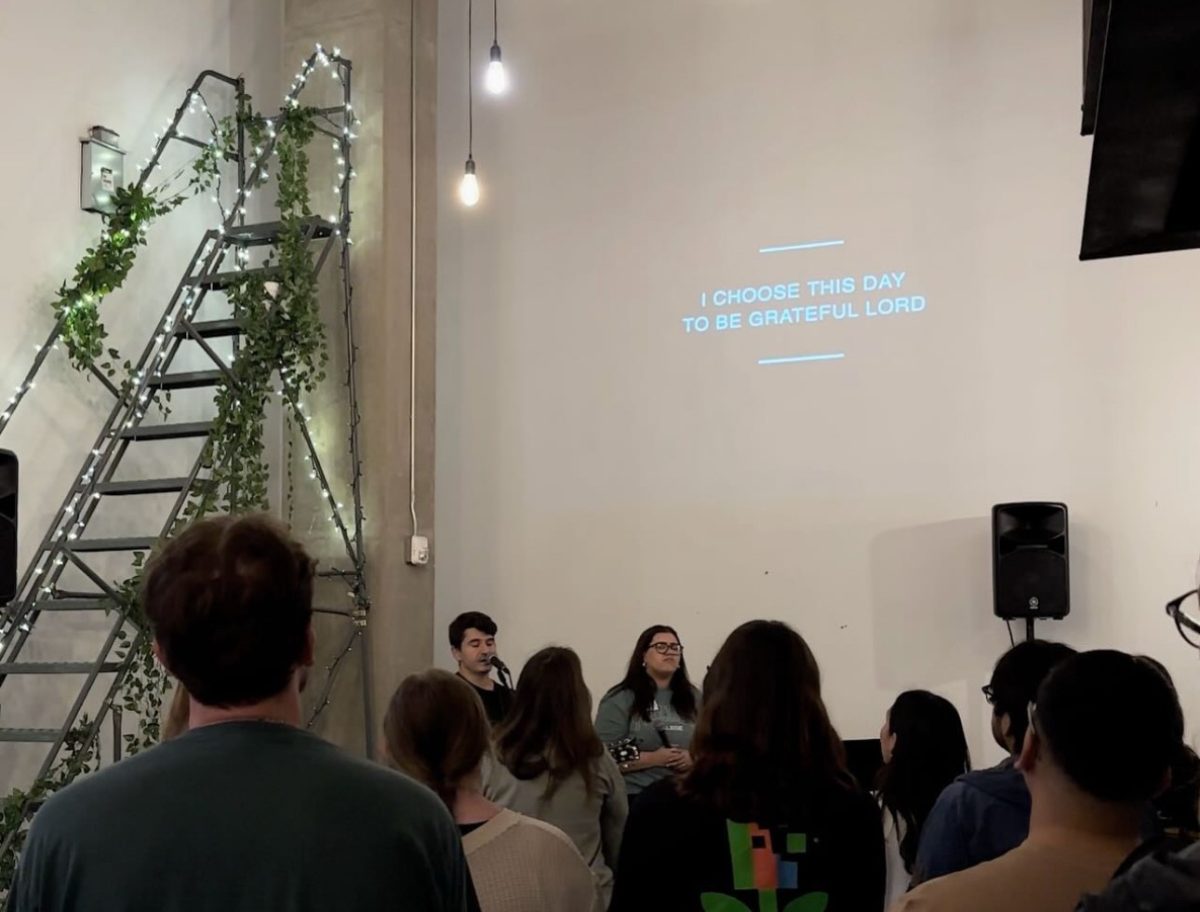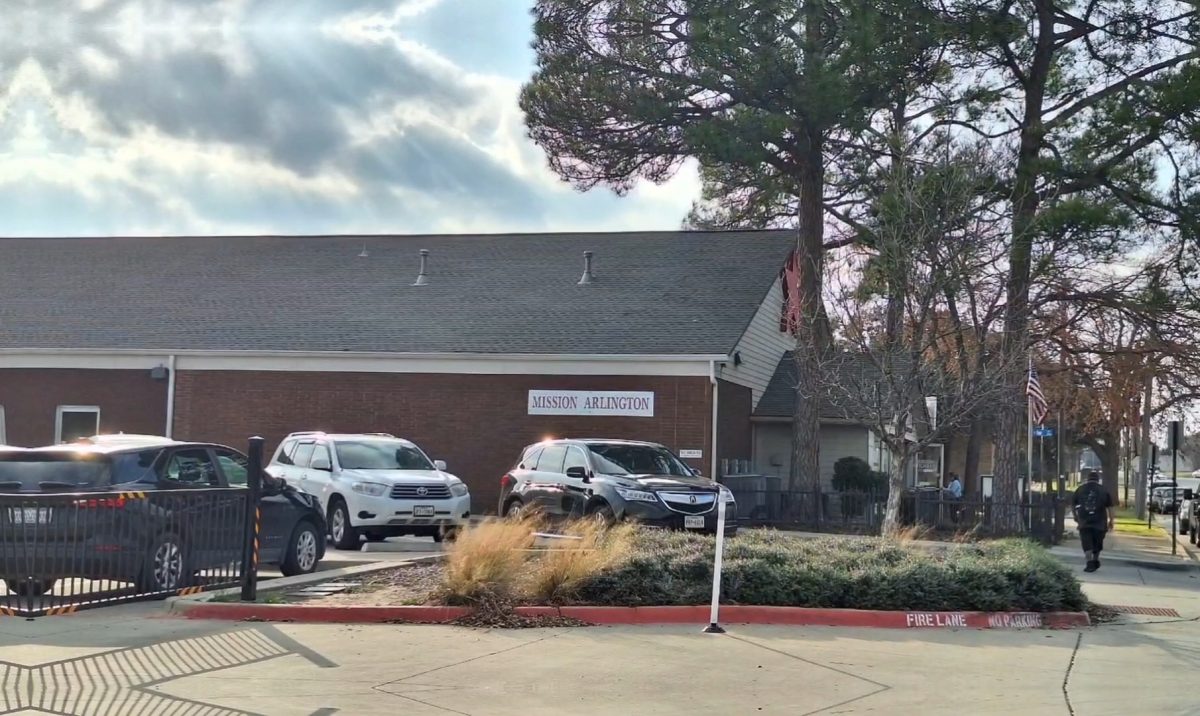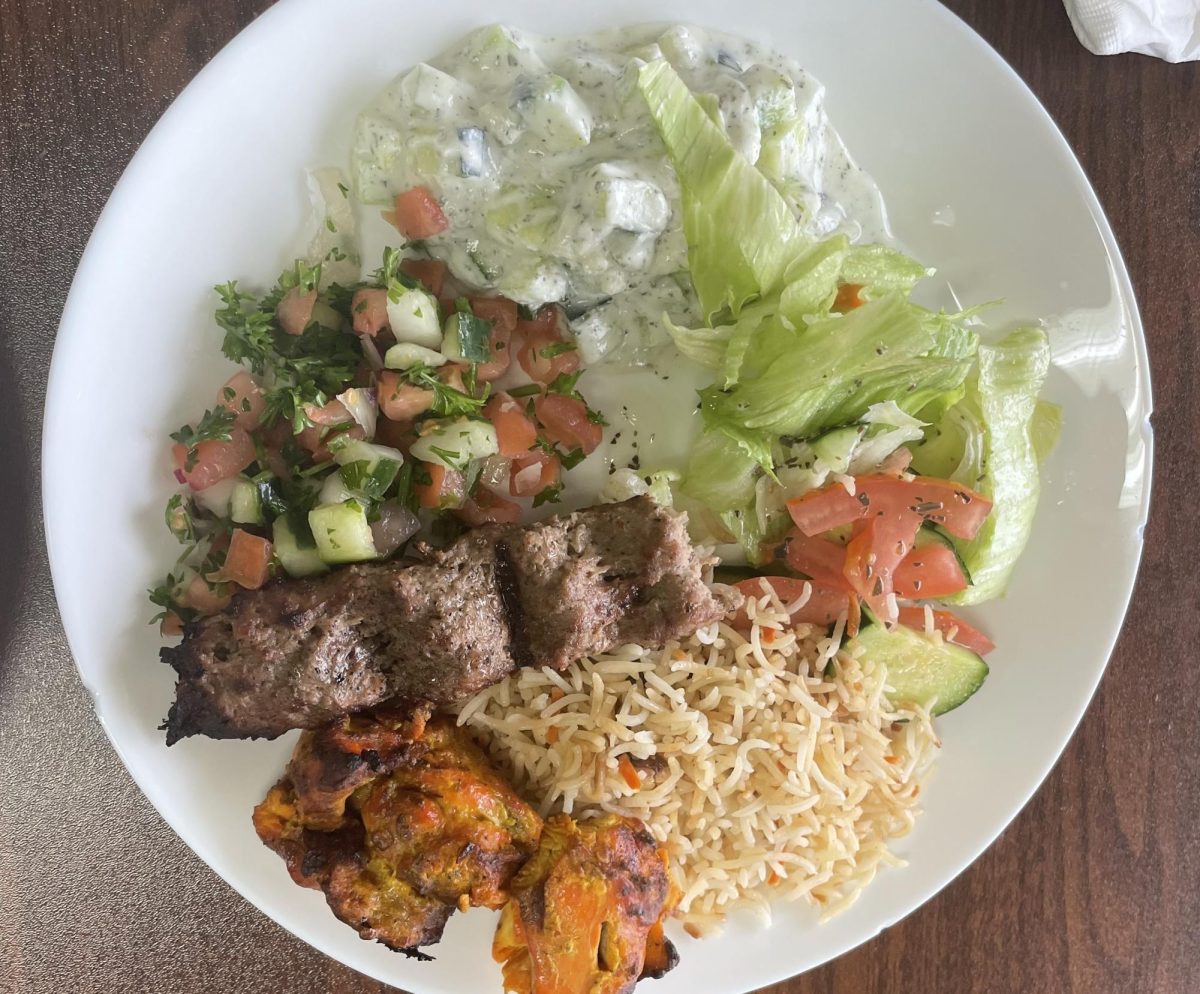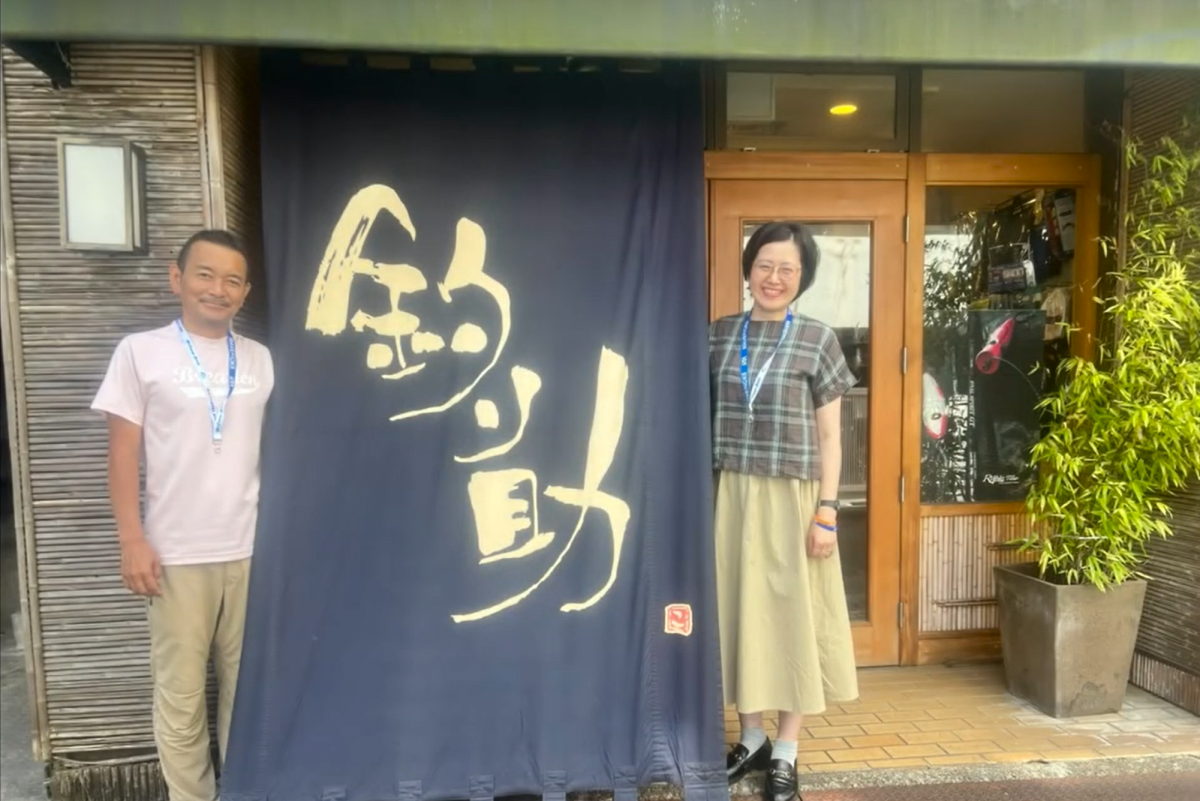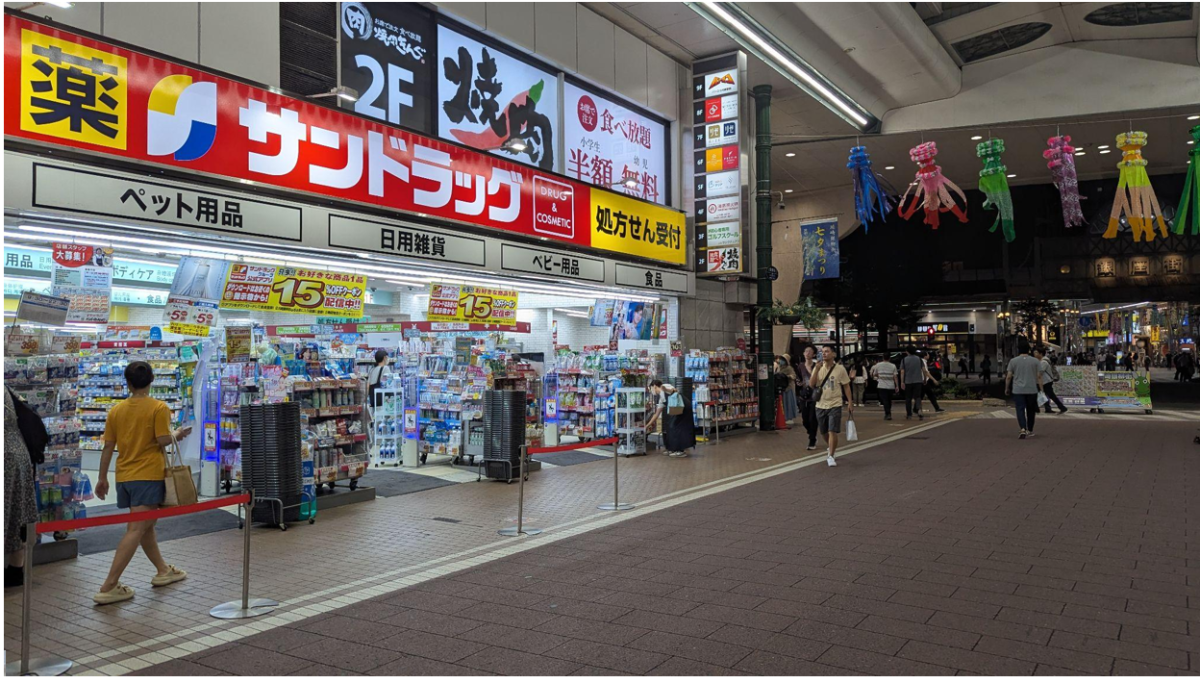ARLINGTON, Texas– Driving along South Cooper Street in Arlington, Texas, few would guess the special stories behind each of the restaurants that define the area.
Soleyman Gushwareh came from a small village outside of Mahabad, Iran, long before starting his restaurant, The Kabob House, at 2816 S. Cooper St.
In Iran, both his brothers were killed in a civil war before he went to jail and made lifelong friends. His journey took him throughout the Middle East, and he lived in Turkey for a stint before immigrating to the United States. He now owns his restaurant with his son, Jimmy Gushwareh, and shares his cuisine with the Arlington community.
Arlington is home to many stories like Soleyman Gushwareh’s, highlighting the diversity of the area and the role of community in keeping these restaurants alive.
When Soleyman Gushwareh moved to the United States, he started in Washington, D.C., Jimmy Gushwareh said. He discovered his passion for cooking and food there, where he was a chef for his friend’s breakfast restaurant. But his passion was always cooking Persian food.
He moved between different jobs, working as a taxi driver before following a friend to work at a mechanic’s shop. Once he saved up enough money, he moved to the Arlington area and opened his own breakfast spot, which eventually went out of business. Later, he came across the location for the Kabob House and built from there.
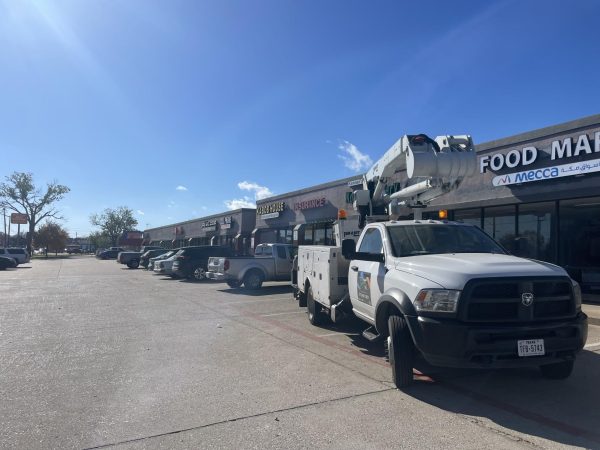
The Kabob House opened eight years ago, with a balance of struggles and successes, Jimmy Gushwareh said.
The Arlington-Mansfield area has been conducive to the restaurant’s success, as many Persians are residents. About 0.14% of Texas’s population is Iranian, according to a World Population Review report from 2023. California has the largest Iranian population in the U.S. with around 210,000 people. Texas comes in second with around 42,000 people.
About 1,000 Iranians live in Arlington, according to zipatlas.com. The Kabob House’s zip code, 76015, holds the second highest Iranian population in the city with 133 residents. The restaurant’s proximity to the University of Texas at Arlington doesn’t hurt, Jimmy Gushwareh said.
“We’re very close to UTA,” Jimmy Gushwareh said. “It’s a very ethnic college and diverse over there. Arlington’s very diverse, too.”
With growing business comes an even harder work schedule for the Kabob House employees and owners. The restaurant business is hard work, Jimmy Gushwareh said. Especially with a smaller restaurant like the Kabob House, most days consist of early mornings and late nights, alongside a string of unexpected issues that arise throughout the day.
“There’s always issues, especially with the smaller-owned hole-in-the-wall restaurant like ours,” he said. “There’s always stuff breaking, always stuff with workers, always issues you have to fix as the business owner.”
The Persian community in Arlington has helped the Kabob House gain attention, Jimmy Gushwareh said. The restaurant started to gain attention through friends in the area who spread the word.
“Throughout the eight years, it’s been growing and growing and then now we’ve grown so much and we get pretty busy that (Soleyman) wants to open another place or expand this one that he has,” he said.
The Kabob House does not interact much with the Chamber of Commerce and the City of Arlington, Jimmy Gushwareh said.
“He doesn’t know English very well, so he tries to stay away from anything dealing with stuff like that,” he said of his father. “He just sticks to his own.”
Persian heritage is important when it comes to the Kabob House’s menu and philosophy, Jimmy Gushwareh said. Several of the employees are Persian, and Soleyman Gushwareh has improved upon his own recipes over time. It was important for him to bring the food he knows and grew up with to the community.
One member of the community is Iranian immigrant Azadeh Rahmani. Rahmani moved to Arlington 27 years ago when she was 18 and has kept the city as her home-base, she said. She credits the large Persian community in the area for helping keep her culture alive.
“We do actually, we do have a good Persian community here in Arlington that they have created many, many years ago, like probably 35, 40 years ago,” Rahmani said. “There are so many Iranians living in the DFW area.”
She said several traditions are kept alive through cooking and sharing meals together. Persian cooking is diverse, featuring several items that appear on the Kabob House’s menu, like stews, kabobs and meats. On the Persian New Year, which falls at the beginning of March, most Persians eat the same dish: herbed fish over rice. This meal is said to bring good luck for the new year.
“Even if we cook, there’s a lot of love in it,” Rahmani said. “It is such a deep and valuable culture that the more you learn about it, the more you realize how important it is to be able to talk about it and just put a spotlight on it.”
***
The City of Arlington provides an annual development profile each year. This document provides data outlining changes in development throughout the city. The Annual Development Profile distinguishes between five different categories: housing, construction, zoning, platting and land use.
The Arlington map is divided into sub-areas. A sub-area refers to a specific region of the city. Arlington consists of six sub-areas: North, Central, East, West, Southwest and Southeast.
Nearly 7% of Arlington is made up of commercial/retail properties, which includes restaurants, according to the City of Arlington’s Annual Development Profile Update of 2022. Several of these are concentrated along Cooper Street. Many, including the Kabob House, are located in the southwest sub-area, while several are also in the central sub-area.
Arlington also is made up of about 3% entertainment/recreation properties, which are heavily concentrated in the central sub-area, according to the Annual Development Profile Update.
***
Moni’s Pasta & Pizza is located in the central sub-area at 1730 W. Randol Mill Road. Albanian-born Moni Kaba moved to the United States in 1972, saved money to start his own restaurant and opened Moni’s Pasta and Pizza in 1994, his son Brett Kaba said. The restaurant has grown outside of Arlington, but the original location attracts many customers visiting Arlington.
Moni’s Pasta & Pizza has become a staple for Italian food in the area, Kaba said. The restaurant gets a lot of attention from both visitors and Arlington residents. With AT&T Stadium—the home of the Dallas Cowboys—located nearby, people from all over the United States and even some from other countries, including Ireland, have eaten there.
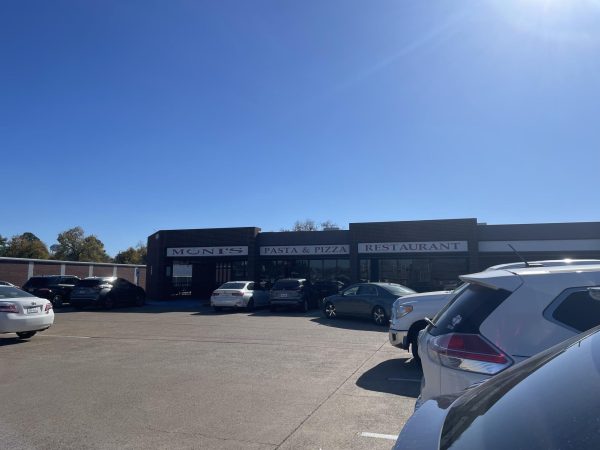
“The entertainment district, I would say, brings a lot of traffic here,” Kaba said. “We’ve been here so long that when they come in town and they look for ‘pizza or pasta or Italian restaurant,’ we kind of jump up to the top of that search.”
Moni Kaba began as a dishwasher after moving from Albania to Connecticut in 1972. He then moved to New Jersey. He began saving his money and was eventually able to open his own restaurant in New Jersey before moving to Arlington in 1994. From being a dishwasher, he slowly worked his way up to being a chef.
He stumbled upon Arlington when he was visiting family and had no intention of moving there. He drove around the area and found a phone number on the window of a space for sale. Two months later, he brought his family down in a U-Haul truck and began business.
While Moni’s Pasta and Pizza is advertised as an Italian restaurant, the Kabas are proud of their Albanian heritage and continue to celebrate their traditions while living here, Kaba said. Many people think they are Italian because of the close location of both countries and the similarities that carry over in the cuisine.
“Not just my father, but a lot of people that moved here, immigrated here from Albania,” Kaba said. “Most of them came into New York City through Ellis Island. That’s where a lot of them got their paperwork to go through, so it was easy for them to work in an Italian restaurant because it was similar to the food that we are accustomed to growing up.”
Several Italian restaurants in the DFW area are Albanian-run, Kaba said. Many of the owners of those restaurants immigrated to the United States in the 1960s and 1970s through New York, which was “the Mecca of Italian restaurants.” After working for some time in Italian kitchens, many Albanians were able to move to DFW and open their own spots.
Moni’s Pasta and Pizza and the Kabob House came from similar beginnings: saving money and trial and error.
Kaba also said Arlington has allowed for success because of its diversity.
About 52% of Arlington’s population is white, including people of Middle Eastern descent, according to the U.S. Census Bureau. About 30% is Hispanic, while 23% is Black. The population is also about 21% foreign-born people.
The lack of advertising was a struggle for both restaurants when they started. Bringing people in was a difficulty, especially when moving to a new area, Kaba said.
The Chamber of Commerce has been supportive since the beginning and as the restaurant has grown, Kaba said. Finding success in Arlington, the restaurant has added a location in Red Oak, Texas. They also previously owned a restaurant in Oklahoma City, but it has since been sold.
***
Jimmy Gushwareh said his father has found his passion as a chef and that is what keeps him going. Despite the hardships that come with owning a small restaurant, he has grown his connections in the area and saved up money over the years.
“He’s made some pretty good money himself, and all he really cares about is his kids,” Jimmy Gushwareh said. “He just keeps going for his kids and his passion as a chef.”
Kabobs remain the most popular item on the menu, Jimmy Gushwareh said. His father’s favorite dish is one not featured in the buffet and is special order only, a ghormeh sabzi stew.
Moni’s Pasta and Pizza menu items are made from the same recipes the family brought with them when they first arrived in the U.S. and started cooking. Kaba said their lasagna is a classic menu item, along with anything in a pesto sauce.
“It’s just the same recipes we’ve brought back from the Italian restaurants that my dad worked at and opened in the early ‘70s in New York,” Kaba said. “That’s why a lot of our menu is still the same. A lot of the things on there are from Day One from when we opened here.”

